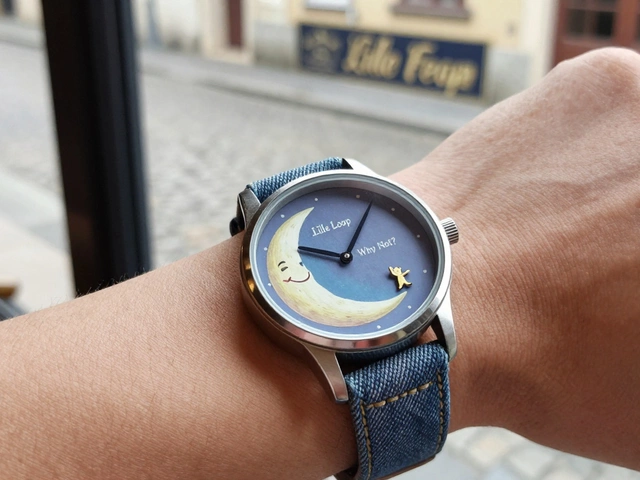Stereotypes in Cars and Movies: What’s Real and What’s Not
If you’ve ever heard someone say that a Volvo is only for boring drivers or that every car crash in a film is a real wreck, you’re hearing a stereotype. These shortcuts can be fun, but they often hide the truth. In the next few minutes we’ll pull apart the most common car‑related stereotypes, show where they fall short, and give you solid facts you can actually use.
Low‑Key Car Brands Aren’t Cheap, They’re Smart
People love to label certain makes as “low‑key” and assume they’re cheap or low quality. Brands like Toyota, Honda, Subaru, or even Dodge get lumped together as budget options. The reality? They’re built for reliability, low maintenance costs, and good resale value. A 2018 Honda Civic can easily out‑last a flashy German sports car if you keep up with oil changes. So the next time you hear “low‑key” feel proud – you’re actually talking about smart buying.
Hollywood Car Destruction Is Pure Magic
Ever wondered why a Ferrari in a movie seems to explode into a million pieces? The stereotype is that those cars are completely destroyed. In truth, most crash sequences use shell‑only replicas, lightweight frames, or computer‑generated imagery. The real car behind the stunt is often stripped down, missing the engine and many expensive parts. That means the movie’s drama doesn’t cost the studio a brand‑new supercar.
Even when a real vehicle is used, it’s heavily modified to stay safe for the driver. So if you’re watching a high‑speed chase, remember that only a fraction of the wreck is actual metal – the rest is clever engineering and post‑production work.
Test‑Driving for Fun: A Bad Reputation?
There’s a stereotype that taking a dealer’s car out for a joyride without buying is disrespectful. While some dealerships might see it as a waste of time, many actually encourage extended test drives to help you decide. The key is communication. Let the sales team know you’re just tasting the experience; they’ll often set clear limits and still keep the vibe positive.
If you’re honest, you’re less likely to face a cold shoulder. So don’t let the myth stop you from getting a feel for a car that could be your next ride.
Car Maintenance Myths That Keep You Stuck
Another common stereotype is that a car can sit idle for a week and be fine, or that it will die if you don’t start it daily. Modern cars are built to handle short periods of inactivity without a problem. However, if you leave a vehicle idle for months, the battery can lose charge and tires may develop flat spots. A quick start‑up every few days solves most issues and keeps the engine lubricated.
On the flip side, ignoring a bad radiator can lead to overheating, loss of power, and even engine seizure. A cracked radiator isn’t just a minor leak – it can force you into costly repairs. Regular checks of coolant levels and the temperature gauge go a long way toward avoiding a breakdown.
Brand Stereotypes: Volvo vs. The Rest
Volvo often gets pigeonholed as the “safety‑only” brand. While safety is a huge selling point, Volvo also pushes innovation, sleek Scandinavian design, and even hybrid technology. The stereotype misses the fact that Volvo cars now compete on performance and luxury, not just protection.
When you hear “Volvo is only about safety,” think again – the brand blends safety with style, eco‑friendliness, and tech upgrades.
Bottom line: stereotypes make quick conversations easy, but they can also keep you from the full picture. Whether you’re shopping for a car, watching an action movie, or just debating a test drive, dig a little deeper. You’ll discover that many myths are just myths, and the real facts are a lot more interesting.
Why do movie villains always drive German cars?
- Thomas O'Reilly
- Mar 3 2023
- 0 Comments
This article examines the prevalence of German cars in the movies, and how they are often used to convey a sense of wealth, power, and menace. It looks at how villains in the movies are often seen driving German cars, such as Mercedes, Audi, and BMW. It also discusses how the German car industry has managed to successfully market their vehicles to Hollywood. Finally, the article concludes that villains and German cars have become synonymous in movies, as they are often used to create a sense of fear and danger.
View More


